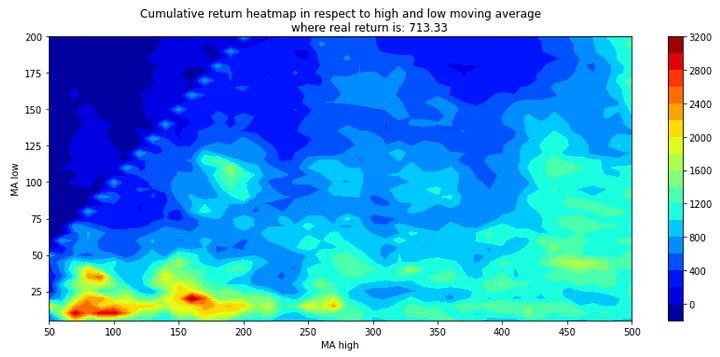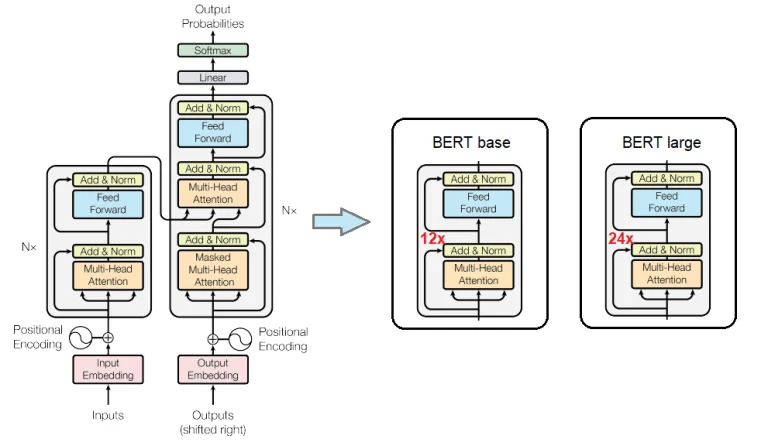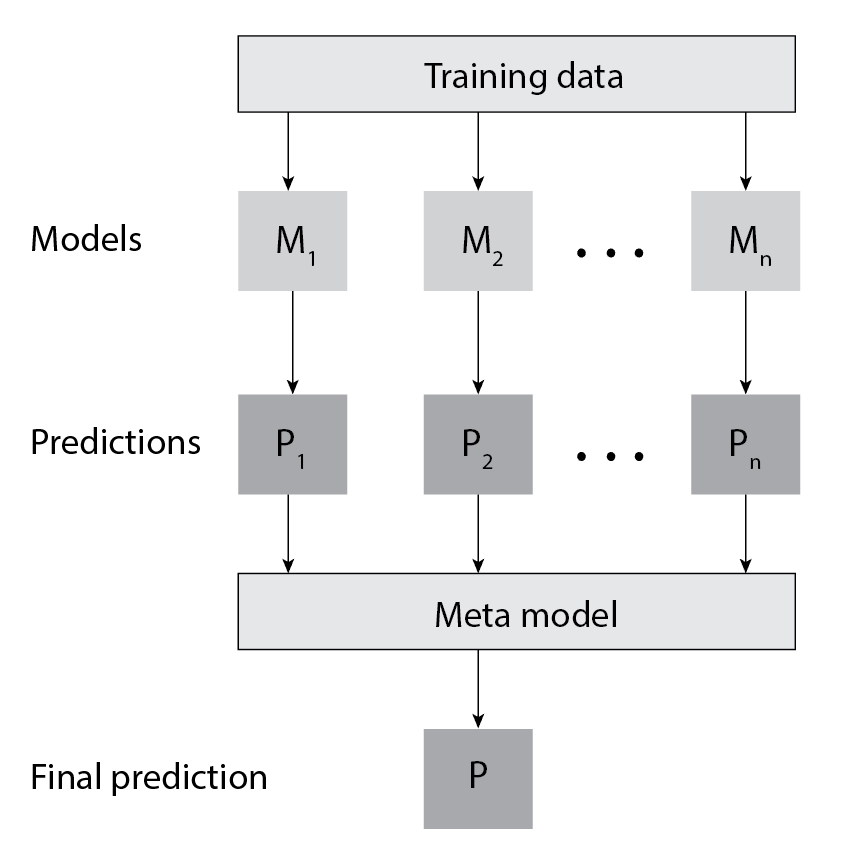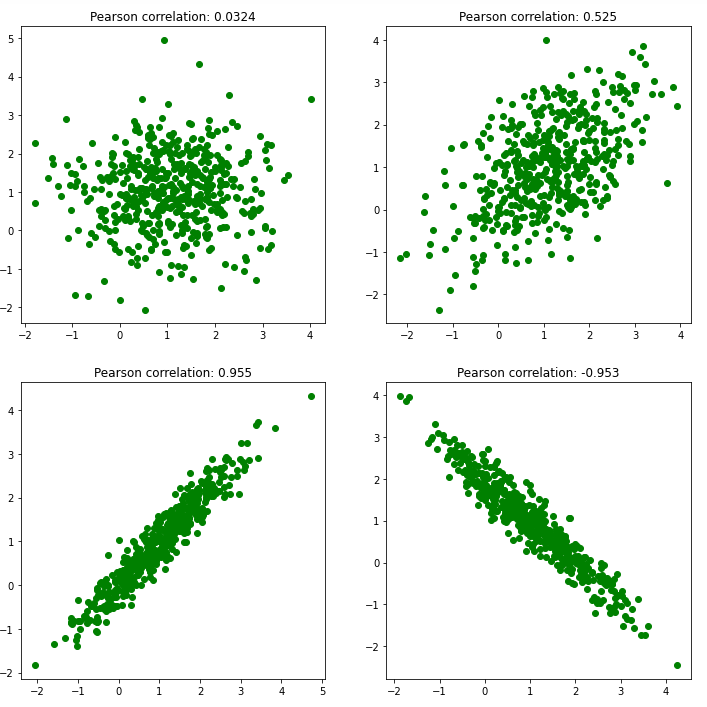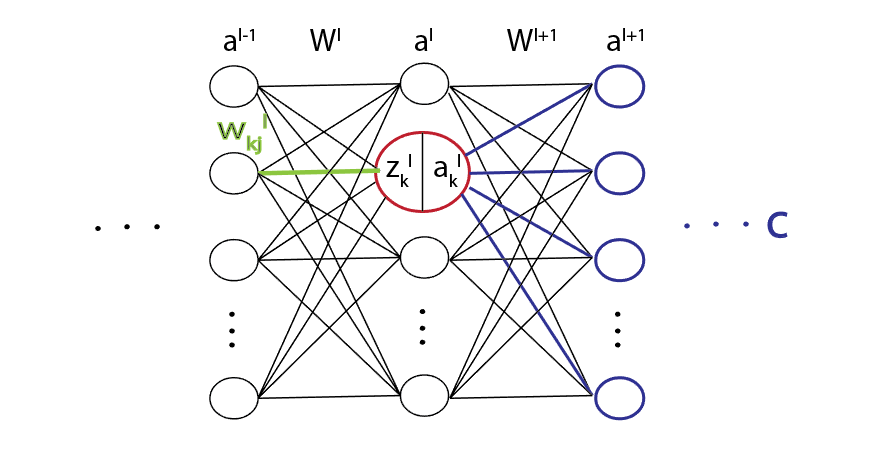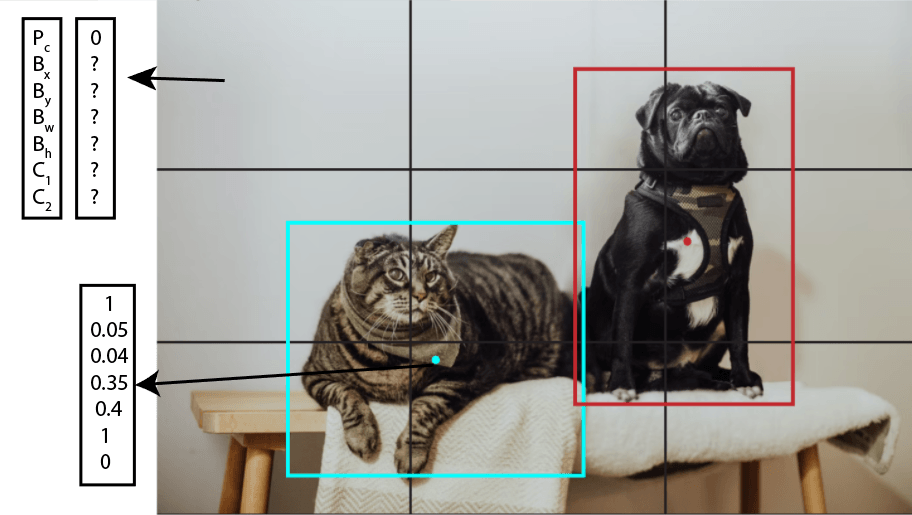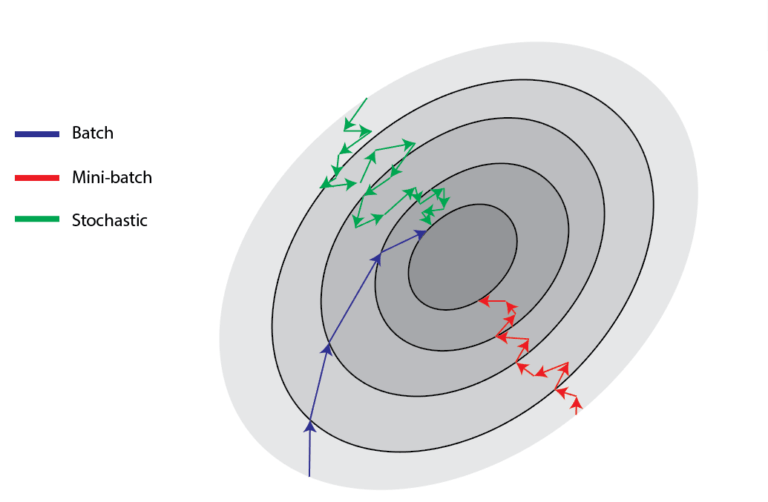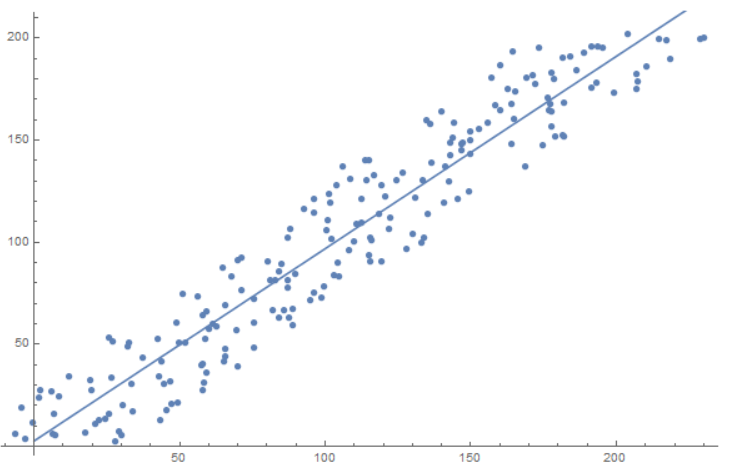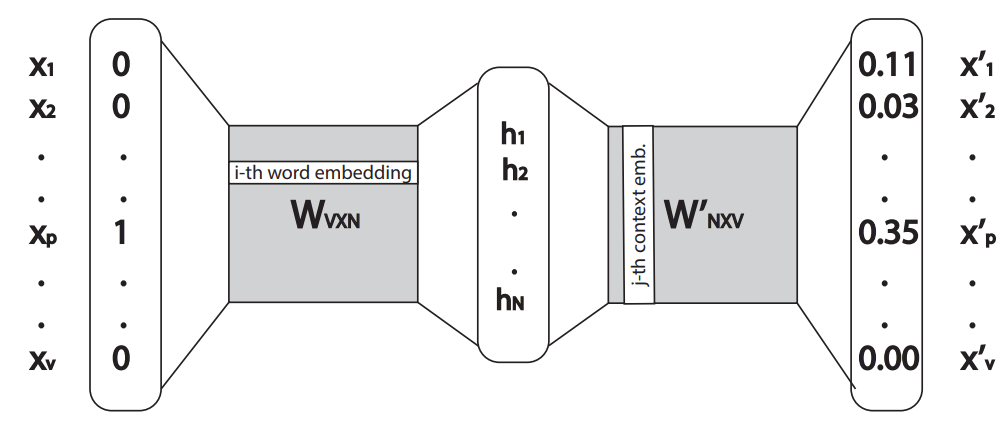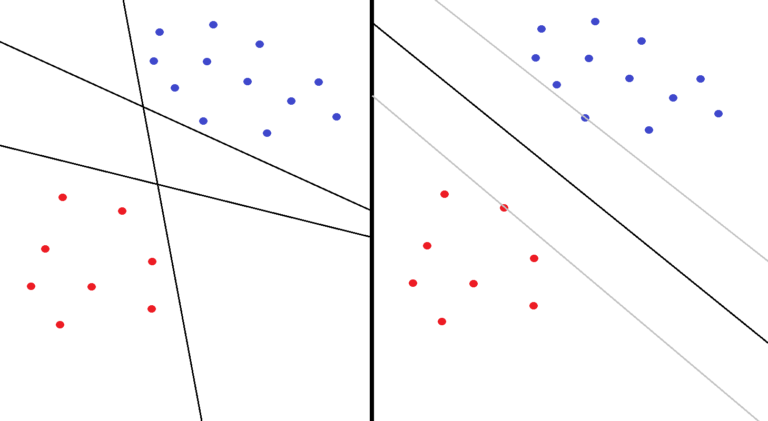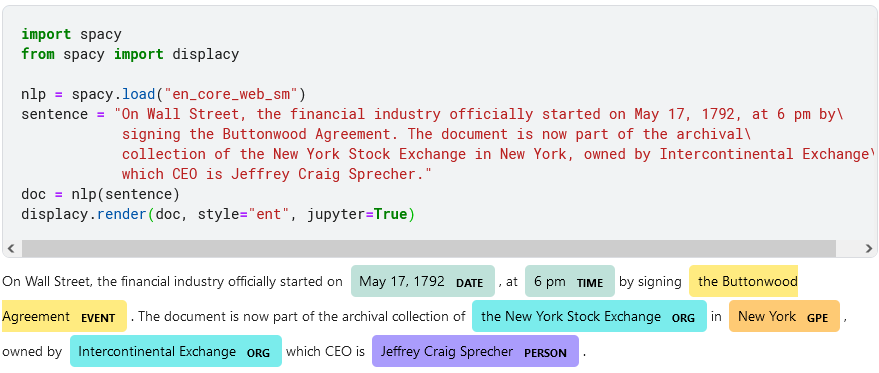This tutorial describes and implements an end-to-end time-series project based on the Binance trading app, utilizing MLOps architecture. The project follows best CI/CD practices and incorporates technologies like GitHub Actions, Docker, Amazon ECR, ECS, EC2, S3, Neptune API, XGBoost, Optuna, cron jobs, and more..
The purpose of this project is to provide a simple and clear theoretical explanation and minimal working examples of several models for time series forecasting from econometrics. Besides that, in the Jupyter notebook are explained some terms such as stationarity, ACF, PACF, and so on..
A quick and practical explanation of why ChatGPT doesn’t give the answer all at once.
Why it’s not enough to compare the models in development but also it’s essential to have a reliable deploying strategy in order to make sure that the new model is indeed better than the one in production
How to download historical data from Binance, build a simple trading strategy with Python, backtest and optimize it, and finally deploy it on AWS.
Discussed the importance of data versioning control in machine learning and explored various methods and tools for implementing it with different types of data sources
What is automated testing and how to make ML project better with them.
Overview of some tools, packages, and libraries for time-series
A quick and practical introduction to RAG evaluation metrics.
This article explains the factors that make large language models expensive.
A quick and practical comparison of top LLMs.
A quick and practical comparison of BERT and GPT-3 architectures.
A quick and practical guide to text detection in images.
A quick and practical comparison of top LLMs.
Introduction to topic modeling and LDA
The goal of this notebook is to explore method for object detection, concretly helmet detection, using YOLOv5 model.
This project is a summary of the “Shopee—Price Match Guarantee” competition where the main goal was to match the same products based on their images and titles. In this, a Jupyter notebook presented an overview of different methods for detect similar images or sentences using pre-trained neural network embeddings, pHash, TF-IDF, and similar.
A quick and practical guide to advantages of Kernel PCA.
Learn the concept of ‘data’, its significance for businesses, and explore methods for assessing data quality.
A quick and practical guide to how neural networks recognise images?
A quick and practical guide to using temperature in Softmax.
Learn more about Co-occurrence Matrices in NLP.
A quick and practical guide to embedding layers in neural networks and their applications.
A quick and practical guide to independent component analysis (ICA)
Learn about the concepts of transfer learning and meta-learning.
A quick and practical guide to finding the closest string matches.
A guide to feature importance in Machine Learning.
A quick an practical guide to backbones in neural networks.
A comparison between the Porter and Lancaster stemming algorithms.
Learn how to update the bias term with backpropagation.
A guide to validating neural networks with K-Fold Cross-Validation.
A comparison between regular neural networks and convolutional neural networks.
Understand the term “depth” when it comes to convolutional neural networks.
Understand the differences between bidirectional and unidirectional LSTM.
An overview of the learning rate and batch size neural network hyperparameters
Learn about two commonly used machine learning metrics, accuracy and AUC.
Go over an overview of linear regression, and why we need regularization.
An overview of the word2vec algorithm and the logic behind word embeddings.
A quick and practical comparison between SVM and a perceptron.
Learn about Latent Dirichlet Allocation and the coherence score
Learn the basic concepts behind convolutional neural networks, commonly used in computer vision tasks, and how to construct them.
Explore some important terms relared to time-series forecasting.
A quick and practical explanation of out-of-bag errors in random forests.
A quick and practical guide to extracting dates, times, and addresses from any text data.
Learn about the Grey Wolf Optimization (GWO) algorithm and how it works.
The idea of this notebook is to present the way of constructing features using tsfresh package.
The purpse of this notebook is to explore method for object detection, concretly helmet detection, using MMDetection package and CascadeRCNN model.
A short statistical comparison and PyTorch baseline tutorial.
Summary of the course “Faster Pandas” by Miki Tebeka
How to reduce time complexity with BKTree explained
Cilj ovog članka jeste da na jednostavan nacin prikaže dostupne podatke iz katastra FBIH u vezi o zaključenim ugovorima o stanovima za posljednih 6 godina.






